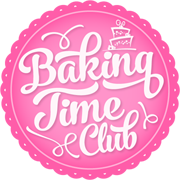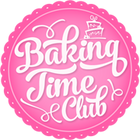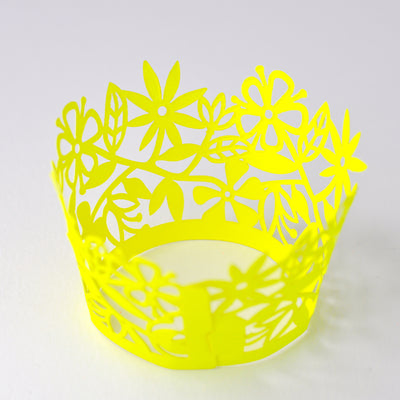Best before vs Use-By Dates - What's the difference?
"In the UK, consumers throw away ten million tonnes of food every year - and many millions of tonnes of that food could have been eaten. That shocking statistic is enough to save the average UK family £700 a year and provide six meals a week." - Too Good To Go
We understand people can easily get confused by the different dates labelled on our food products which can often lead to perfectly safe to eat foods being thrown away.
So, what is the difference between the best before date and the use by date?
The BEST BEFORE date is about quality, not safety. The food is still safe to eat after this date but may not be at its best. All our sprinkles are labelled with a best before date. After this date, the flavours, colours and texture may not be as good, but the sprinkles are still perfectly fine to eat, providing they have been stored as instructed.
A USE-BY date on food is the most important date to remember as it is about safety. Products that go off quickly, such as meat products or ready-to-eat salads will have use-by dates. After the use-by date, don’t eat it, cook it or freeze it. Food can still be contaminated even if it looks and smells fine after the use-by date. Don’t trust the sniff test, you cannot see, smell or taste the bacteria that can cause food poisoning. Our cake sprinkles do not have a use-by date
All our cake sprinkles are safe to eat after the best before date.
Understanding the difference between dates on food products can lead to less food wastage, saving you money and time.
Want to learn more about food safety? Visit https://www.food.gov.uk/food-safety for more information and top tips.







